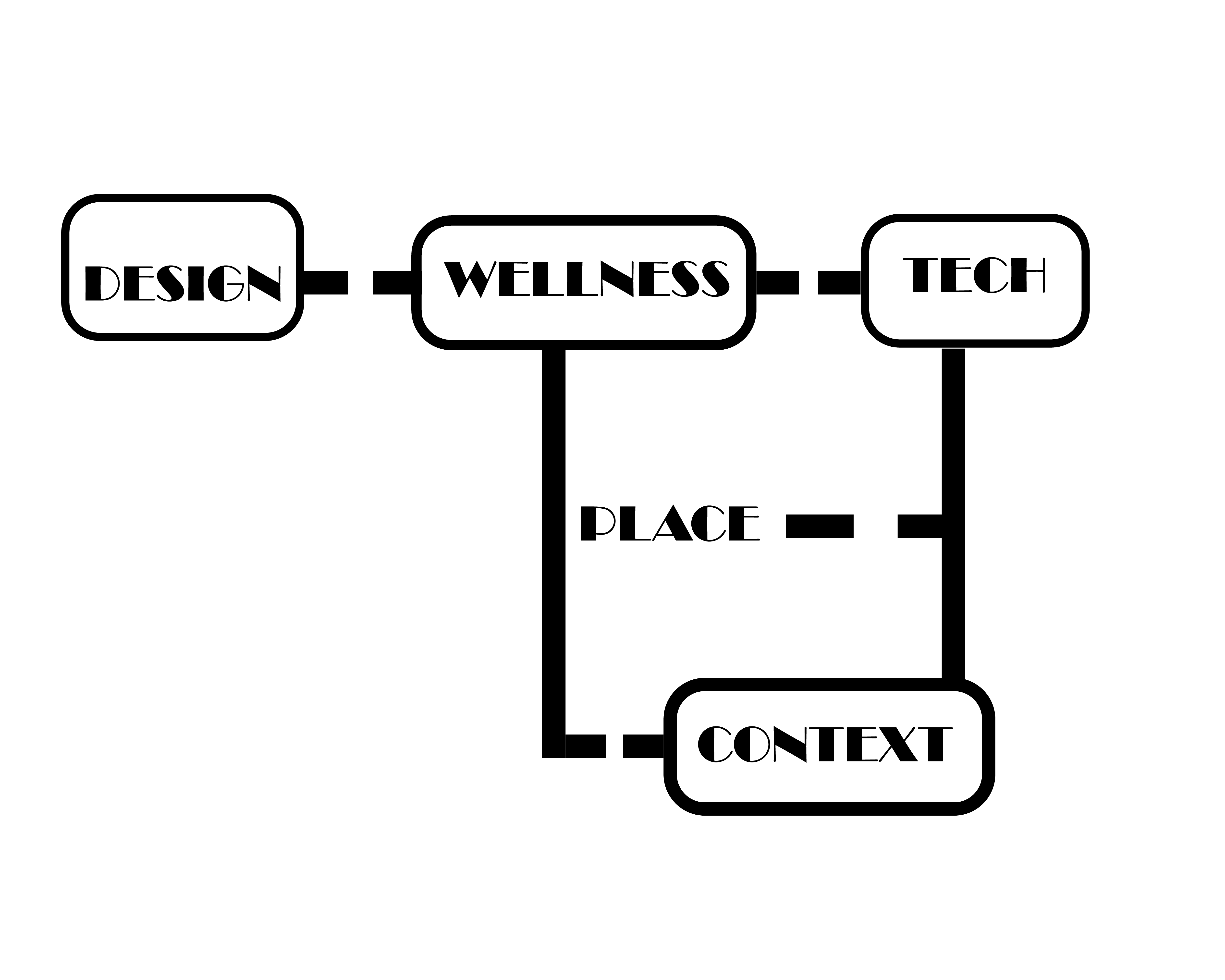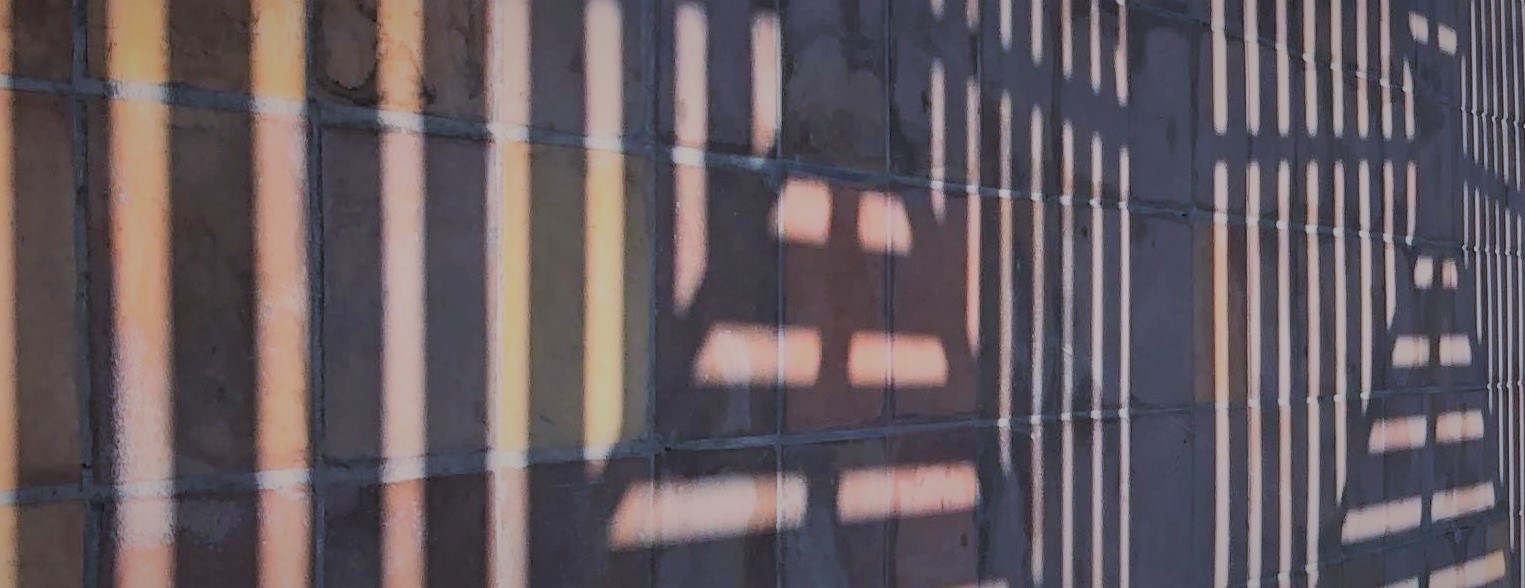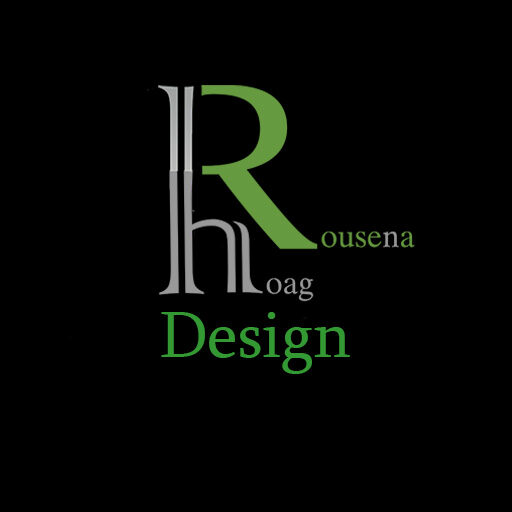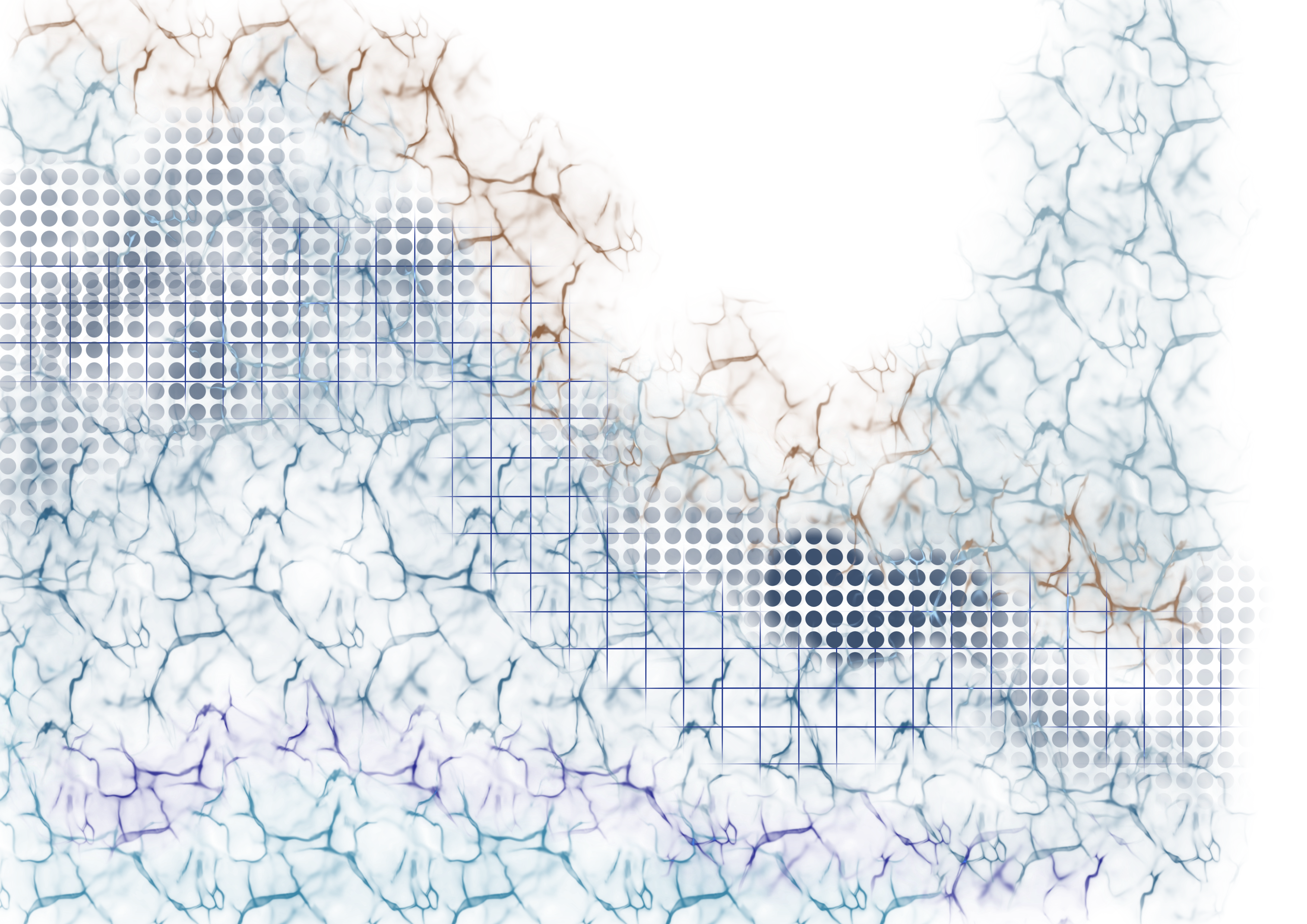Design that matters
It is imperative for us to design spaces where wellness is embraced and help us transform peoples lives one space at a time.
It is the journey where customer and designer participate and align needs and wants under the requirements of the design process.
The context of each space reveals the reality that gears the transformation and change.

Baseline
REALISTIC EXPECTATIONS
Setting a realistic project baseline let us prioritize expected outcomes while managing a project. It provides a clear path of execution for the architect/ designer and the client.
The conversation in adopting an initial project baseline varies on each project and its importance relies on how it will be measured. For this reason, It is essential to thoroughly document and freeze the project scope while adopting an effective process for managing changes.
Data management is the tool that provides the expected numbers and it informs the project team that changes are still needed.
Sustainability and resilience need to frame the adoptive design option to become an integral piece of an organic response, that takes into consideration the context of the project, and its validity within the market its located.
Identifying available resources, and risks associated with dependencies both within and outside the project helps the project team and the client arrive to viable and measurable solutions. It is a process that requires a clear vision, understanding and decision making to be effective.
wellness
Wellness and flexibility
Every individual should live, work and play in a healthy place where needs are met today and flexible enough to accommodate tomorrow basic needs.
The last two years exposed clearly the challenges people faced of staying in one place for a longer period of time and the stress that caused to communities around the world. One of the responses to prevent similar situations falls with the architect, designer, that is in touch with what is happening in the community and can offer valuable help to mitigate the situation.
Wellness should start at home, where an individual or family can have the option to repurpose the use of the space, avoiding costly changes in the long run and helping them to maintain the social interactions already established at home and with close neighbors.
The layout of this new space call “home” has to offer flexibility and some of its uses could overlap based on the time of the day, creating a dynamic change within, offering peace of mind to the person or family living there. It could solve the immediate to long term needs of residential space in communities.
A meaningful place that bring us good memories is built with the healthy energy of individuals, living peacefully and interacting with each other. The social space inside and outside the home has new meaning today and it pivots naturally from an structured one to a casual one.
Developing healthy habits is important and their imprint could resonate in the design and creation of new communities, offering adaptable spaces, affordable living and access to open space.

Community integration
Cultures around the world have their distinct character and values that their inhabitants inherited and passed along through generations and the spaces they built resemble how they perceive life. The public space is continuously changing, reflecting the social and economic changes in society and art in the public space has been part of it. Art is meaningful to people and communities where it finds its expression. If we embrace it, it can help integrate culturally diverse communities. There are three steps we need to consider in building such communities:
- Transition
- Adoption
- Identity
Transition as the first step considers how a growing community adopts its surroundings and starts changing it. Without a flexible system in place at an urban level, people in those communities will not be able to advance to the adoption and identify stage in the place they are living and want to work. That is why we observe tension at their boundaries, and we are forgetting that people need to identify and learn from their surroundings. Providing the necessary tools to finish the process would not only help new families but also established residents. The key is building flexible living spaces that would encourage people to connect and sustain options of incremental growth within each community. The public space can be the generator of multiple links at intervals within the urban fabric, holistically integrating diverse communities.
ADU AND COMMUNITY INTEGRATION
Accessible Detached Units (ADU) choice can increase in use when these two factors are part of the solution:
- Adaptability
- Community cohesion
If the unit to be build benefits another family member and can contribute to improve their livelihood, and financially help them to recover from an stressful situation, the outcome will be positive. The multigenerational family stays together and with no broken ties within the family.
Otherwise, we are trying to impose a solution that requires adaptability from both sides of the solution: the homeowner and the future ADU resident. Having already neighborhoods in distress and communities with different cultural groups that they may prefer to keep their social connection intact and improve from within, the proposed solution would be more advantageous for them than bringing a new resident that is not connected with the already established community.
The context where each of these communities are located is also important , and developing a plan that encompasses the characteristics of these neighborhoods and their links to transportation systems, public spaces and place of work, will help us understand and find viable options based on real facts.
Partial responses based on emergencies don’t work in the long run and create an additional layer that is not viable financially, increases bureaucracy, and creates mistrust in the parties involved.

